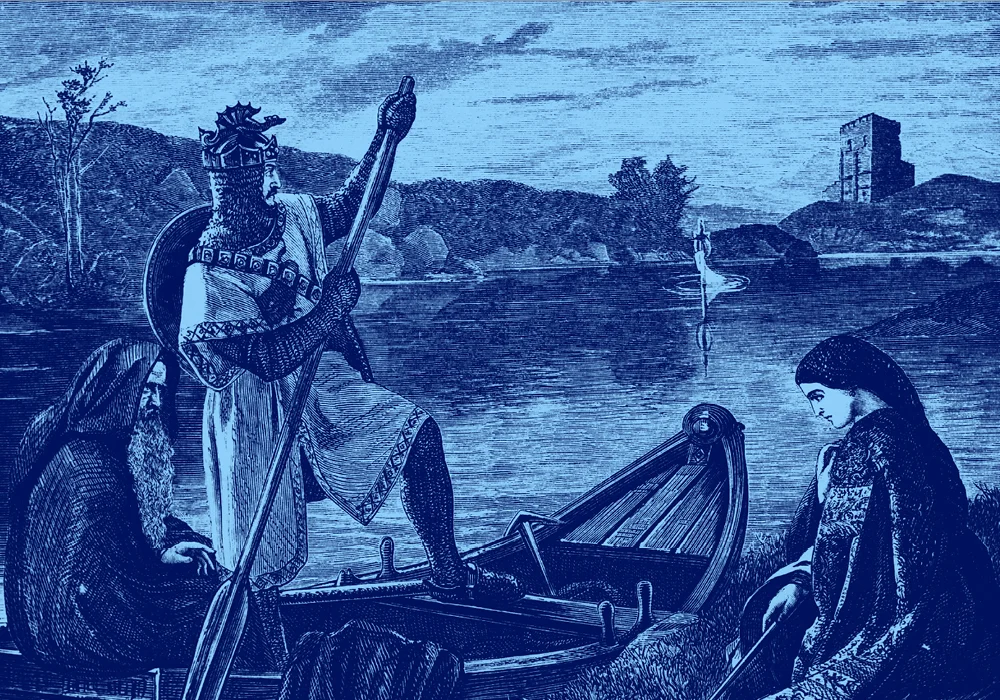
Romance languages have nothing to do with love or affection. This phrase actually refers to a set of related languages that were derived from Latin, the language of the Ancient Romans.
Now here is the catch, the Latin of the elite literati (like the politician, lawyer and philosopher Cicero) that dominates the written classical texts was different from the one used by the populous in their day-to-day life.
Vulgar Latin
The unpolished, simplified Latin of the commoners was called Vulgar Latin. Even Cicero used this version of the language in personal correspondence. In that period the word vulgar was just an adjectival form for the crowd (unlike the meaning it holds today). Simply put vulgar Latin was the language of the masses. The one traders and soldiers took with them, as they travelled to different parts of the world and mingled with people who spoke other native languages. As the empire grew so did the people who spoke Latin.
The birth of the Romance Language
The fall of the Roman Empire at the end of the 5th Century lead to its newly liberated far-flung territories forming their governments and dialects of the spoken tongue giving birth to the earliest Romance languages. Linguists suggest that there are a total of 27 different ones in existence today. The five most prominent of those are Spanish, Portuguese, French, Italian and Romanian.
Picture Credit : Google
